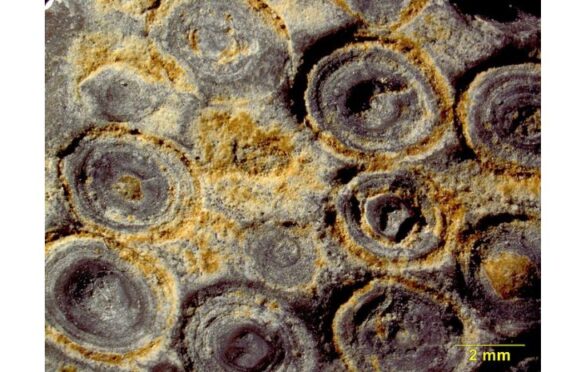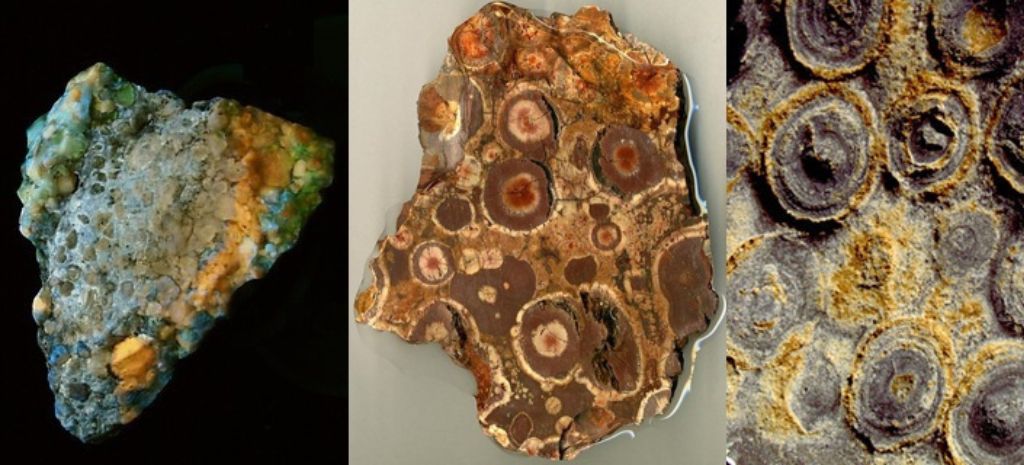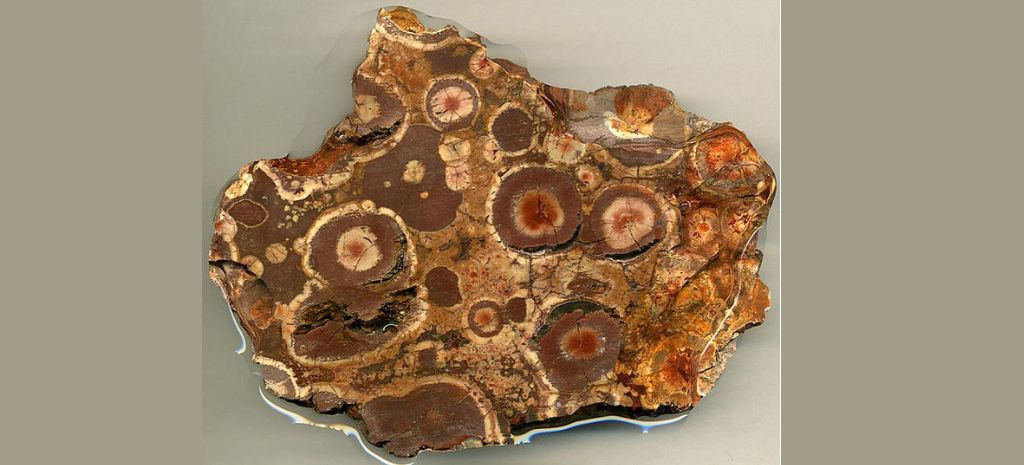Pisolites: Formation, Occurrence, and Key Details

Introduction:
Pisolites are distinctive geological structures that have captivated scientists and geology enthusiasts alike. This article delves into the realm of pisolites, providing comprehensive information on their formation, locations, and important details. From their intriguing origin to their significance in unraveling Earth’s past, let’s embark on an enlightening journey into the world of pisolites.
What are Pisolites?
Pisolites, also known as “pisoliths,” are small, spherical or ovoid concretions composed of concentric layers. These structures typically range in size from a few millimeters to a few centimeters in diameter. They are composed of various mineral materials, such as calcium carbonate, silica, iron oxides, or manganese oxides.

Formation of Pisolites
Pisolites form through a process called accretion. Initially, a small particle, often an organic fragment, acts as a nucleus or seed. Over time, concentric layers of minerals gradually accumulate around the nucleus, resulting in the growth of a pisolite. The exact mechanisms of pisolite formation can vary depending on the specific environment and mineral composition.
Occurrence of Pisolites
Pisolites can be found in a wide range of geological settings worldwide. Some notable locations include:
- Coastal Environments: Pisolites can form in coastal regions where high evaporation rates promote the precipitation of minerals. Examples include the pisolitic limestone found in parts of Western Australia and the Bahama Banks.
- Paleoenvironmental Records: Pisolites have been discovered in ancient sedimentary rocks, providing valuable insights into past environments. For instance, pisolites found in the Eocene Green River Formation in the United States help researchers reconstruct ancient freshwater lake ecosystems.
- Karst Landscapes: Pisolites can occur in karst regions, where dissolved minerals are redeposited. The pisolitic tufa formations in Plitvice Lakes National Park in Croatia exemplify this occurrence.

Significance of Pisolites
Pisolites offer valuable information about Earth’s geological history and environmental conditions. Their study contributes to various fields, including paleoclimatology, sedimentology, and paleoecology. By analyzing pisolites, scientists can:
- Reconstruct Past Environments: Pisolites provide clues about the depositional environments in which they formed, including water chemistry, sedimentary processes, and climate conditions.
- Identify Ancient Ecosystems: Pisolites often contain microfossils and organic remains, offering insights into the organisms that inhabited ancient environments.
- Assess Mineral Resources: Pisolitic deposits, such as pisolitic iron ore, have economic significance and can be valuable sources of mineral resources.
Conclusion:
Pisolites are intriguing geological features that provide valuable insights into Earth’s history. By understanding their formation, occurrence, and significance, we gain a deeper understanding of the processes that have shaped our planet over time. Whether in coastal environments, ancient sedimentary rocks, or karst landscapes, pisolites serve as remarkable windows into the past. Explore these fascinating structures and unlock the secrets they hold.
Remember, for more in-depth information on pisolites and other geological topics, visit our website or consult with a professional geologist.
